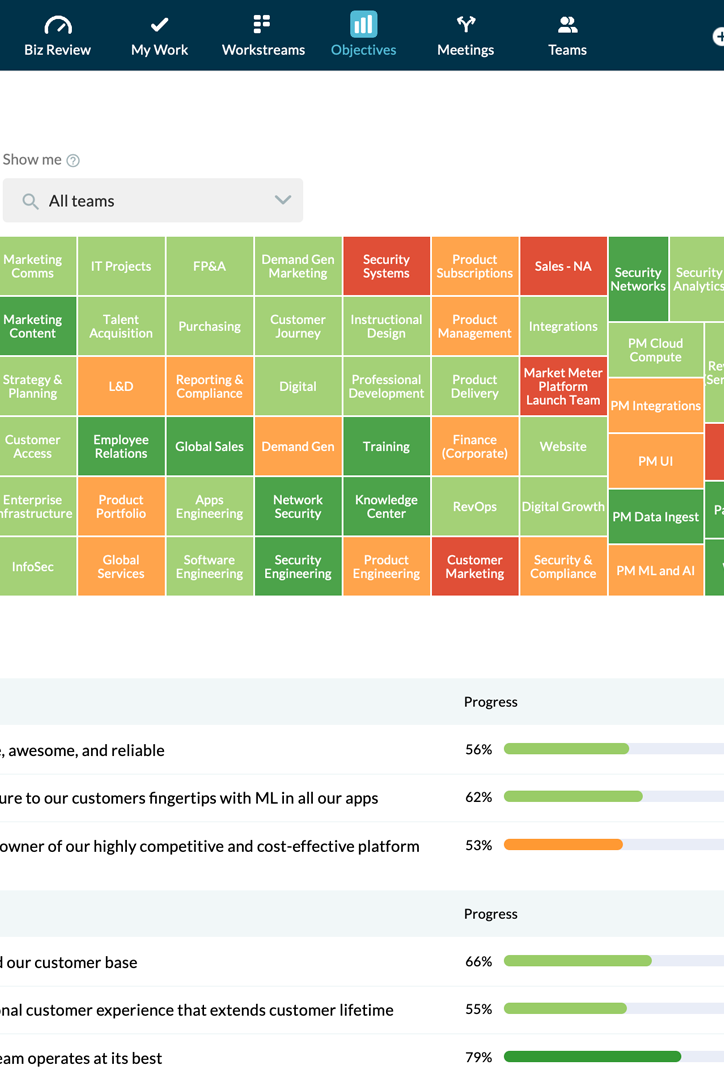TL;DR — After Deidre’s prior company was acquired by IBM, she ran a large global business there and tried to run it at start up speed. While she knew that meant getting everyone aligned and mobilized on the mission, having fast access to facts and metrics to make even faster decisions, and focusing the global team’s efforts, it was a completely manual motion and the organization was almost entirely work from home at the time. As the business grew, so did the level of effort and latency in aligning and measuring results — the absence of results data was a growing frustration and friction. Daryoush, a technologist who was one of the first 3 members of the Adobe Acrobat engineering team and an engineering leader at Netscape in its heyday, had an entirely different experience at the same time. A long-time competitive cyclist, he had been tracking daily training in a spreadsheet for over a decade. As his cycling team mates all began tracking their performance and training in Strava, he realized that results transparency, competitive comparisons, and performance charts all helped him optimize his training so he could train fewer hours and finish the race stronger. In fact, the whole team performed materially better as it made the shift to digital tracking and transparency together.














